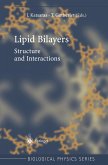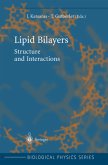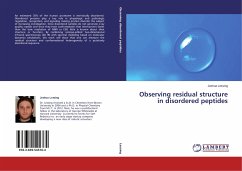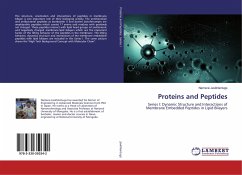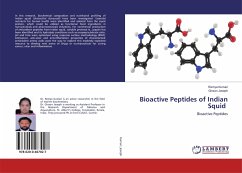Supported lipid bilayers have been used as an artificial model of biological membranes and their interaction with 5 selected antimicrobial peptides was studied by several experimental techniques, mainly ellipsometry, laser scanning microscopy and fluorescence correlation spectroscopy. The work explains basic principles of the applied techniques focusing on their aspects relevant to characterization of lipid bilayers. The biological significance of antimicrobial peptides, their modes of interaction with membranes and the basic characteristics of the selected peptides are briefly discussed. The following text describes the main types of experimental studies performed and the interpretation of their results. Peptide-induced changes in lipid bilayer morphology were characterized by ellipsometry and laser scanning microscopy. Most interesting effects were observed in the case of melittin, which induced formation of long lipid tubules protruding from the bilayer. Lipid lateral diffusion measured by fluorescence correlation spectroscopy can provide information on bilayer organization on length-scales below resolution of optical microscopy.
Bitte wählen Sie Ihr Anliegen aus.
Rechnungen
Retourenschein anfordern
Bestellstatus
Storno


